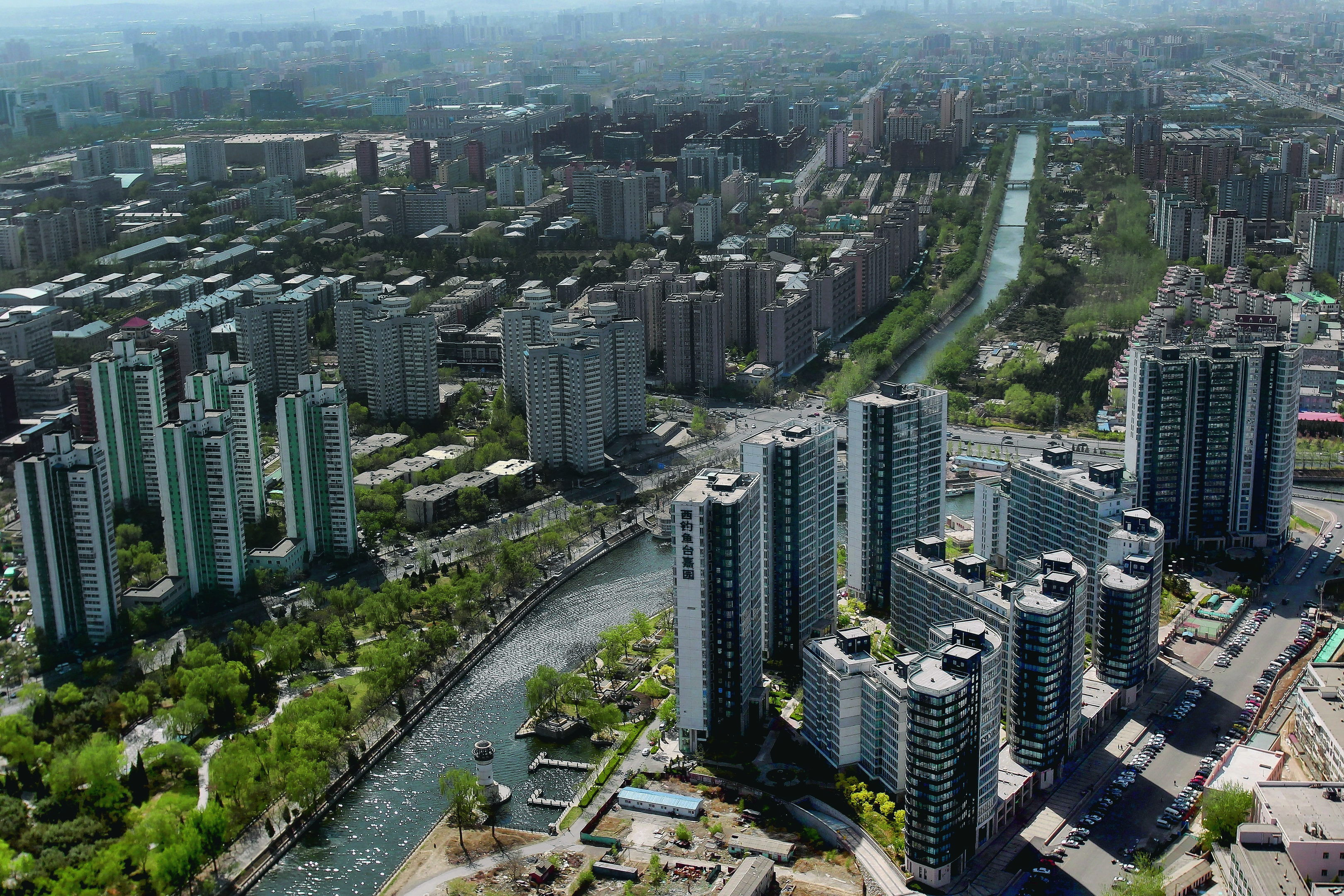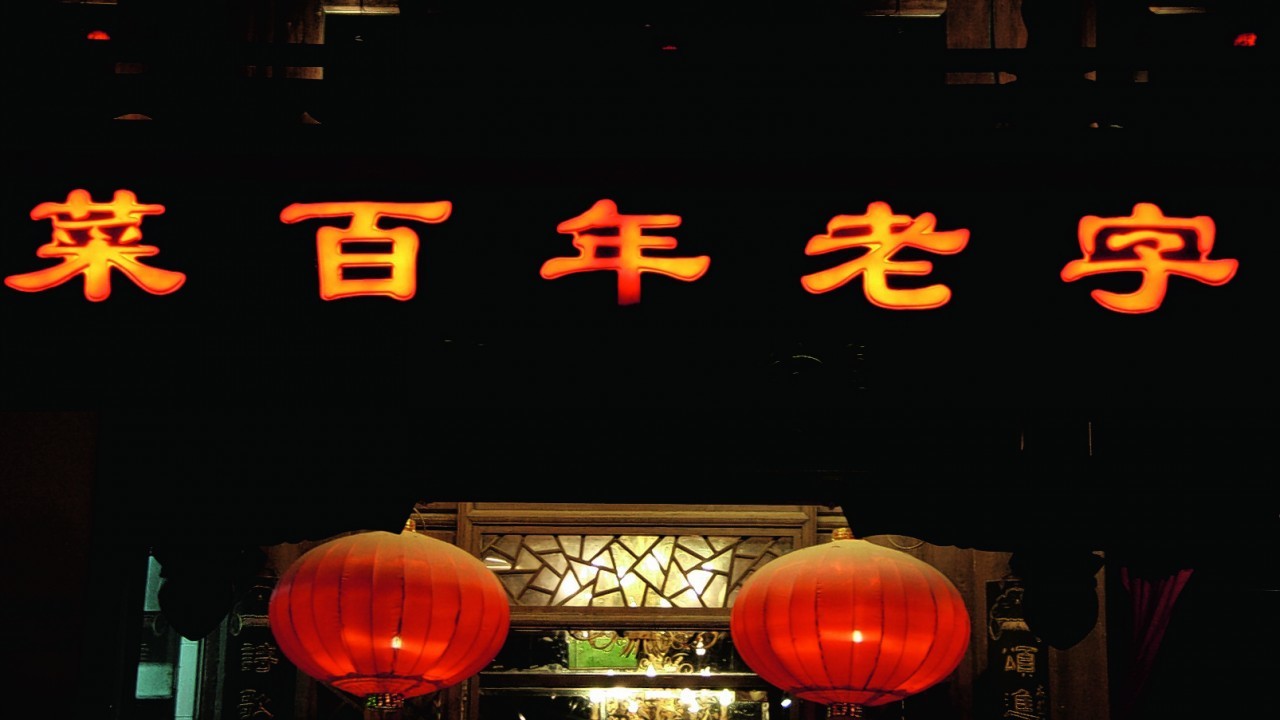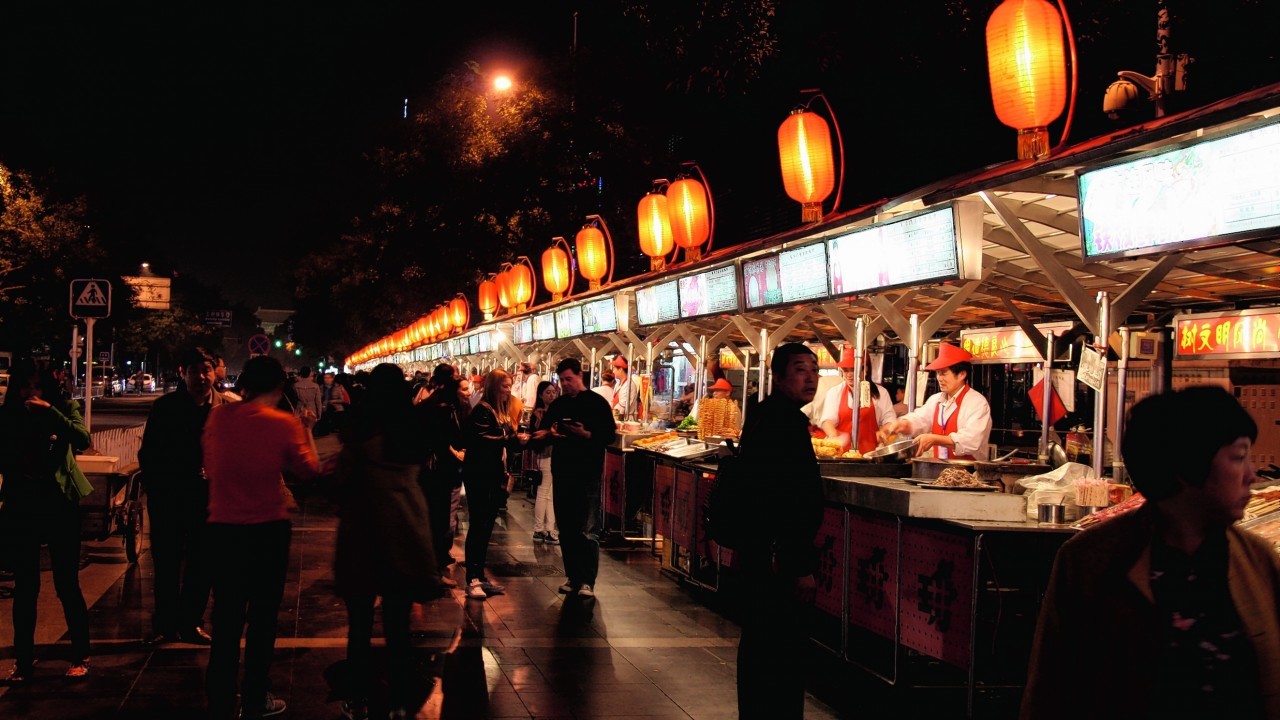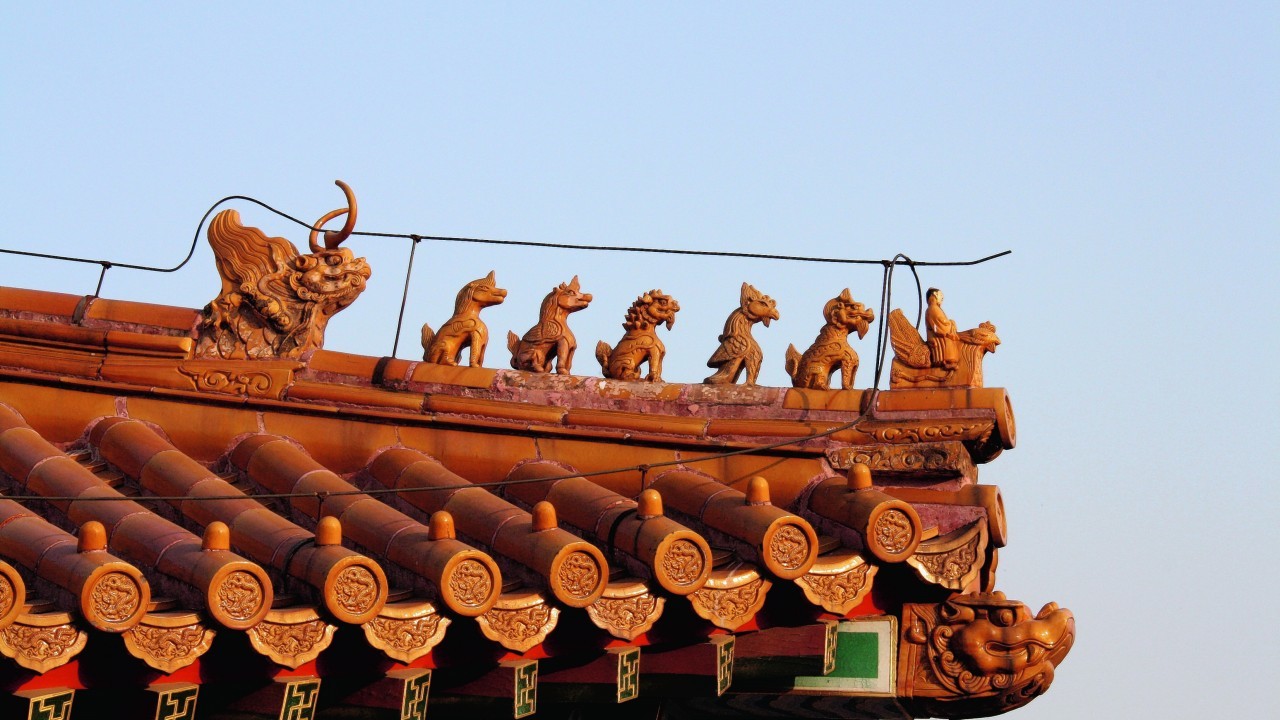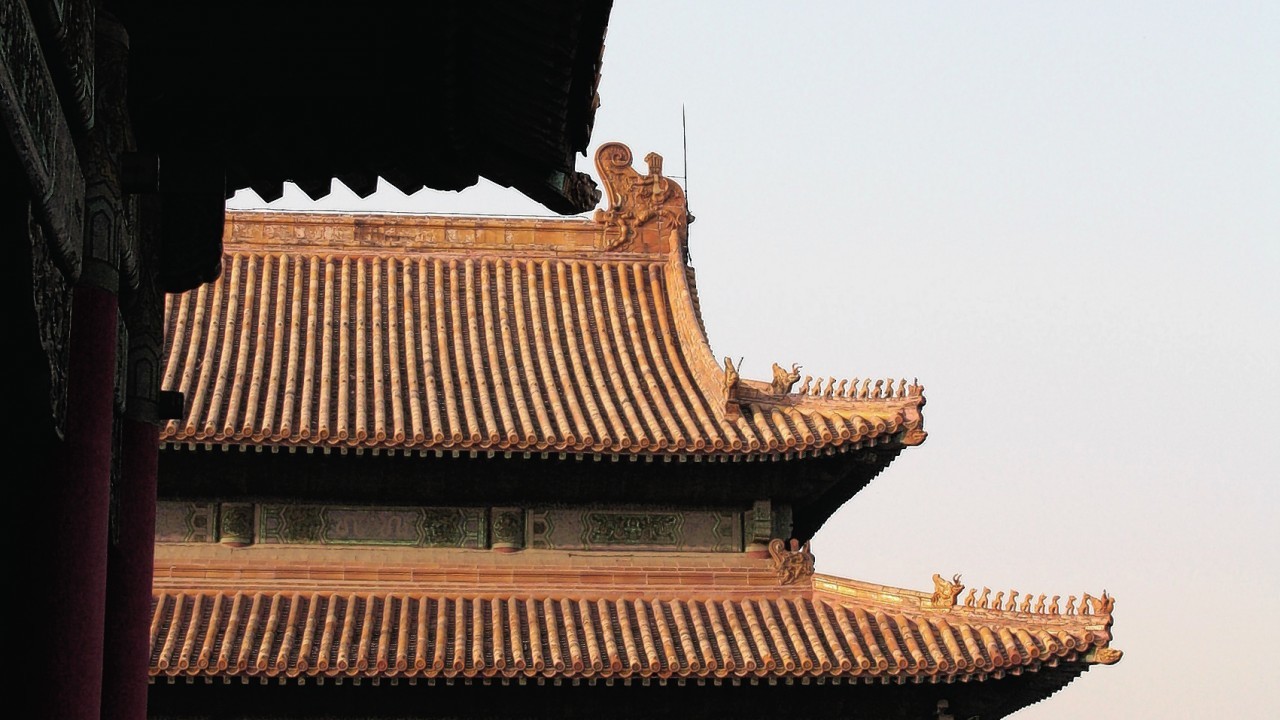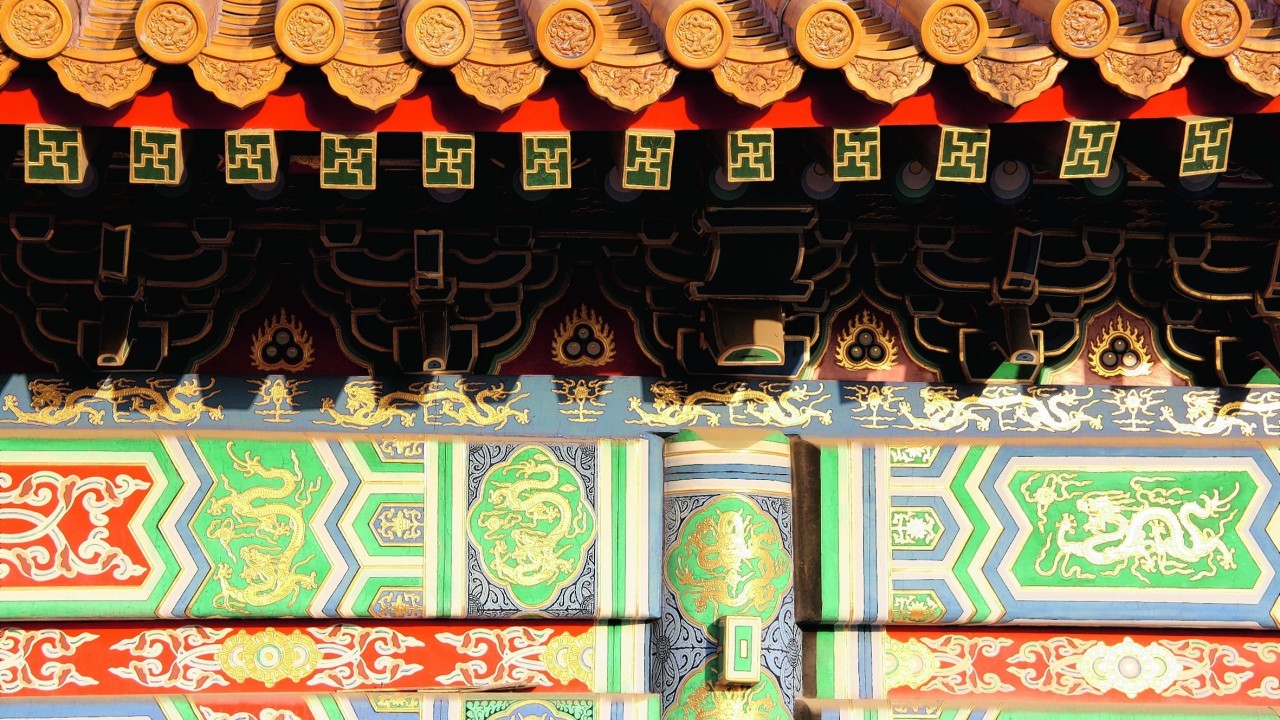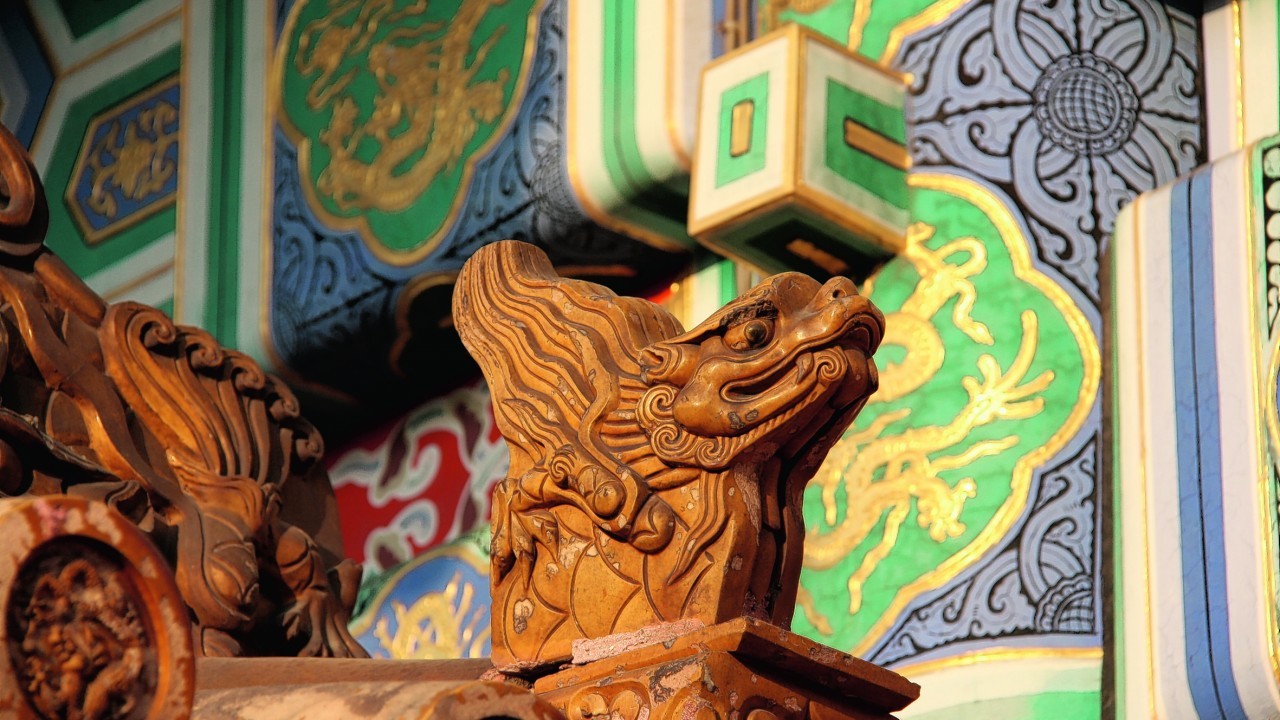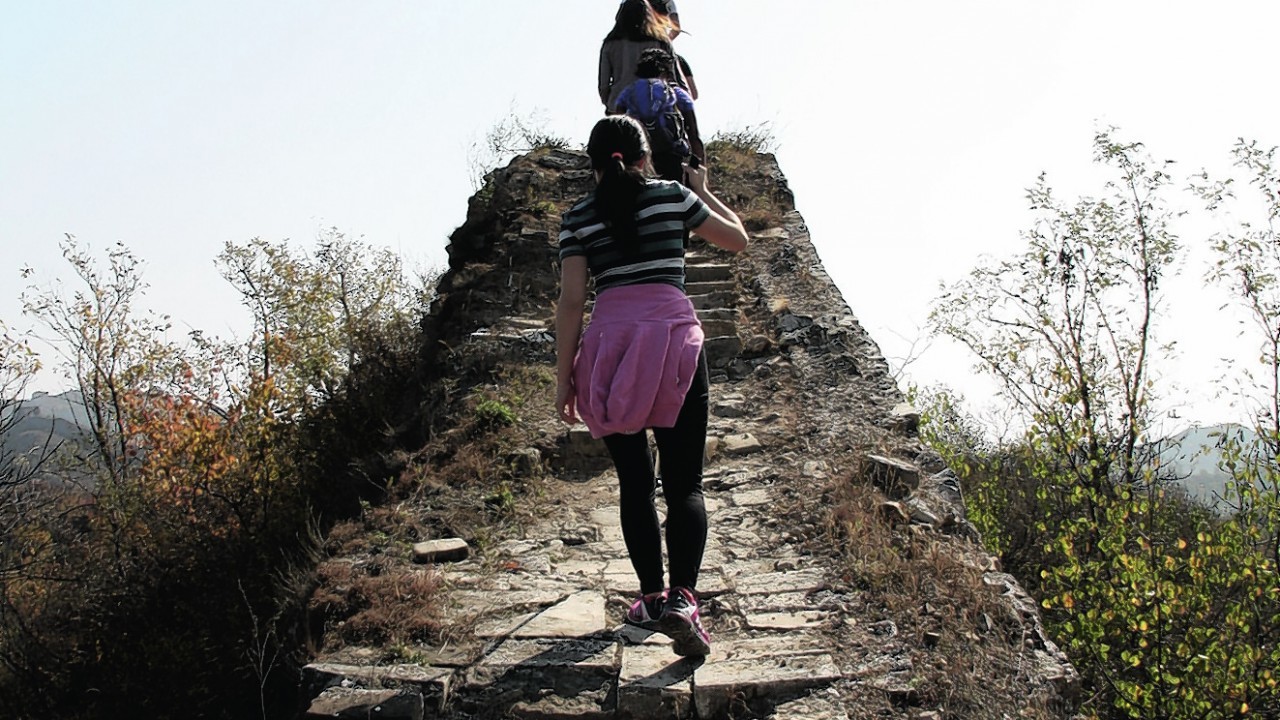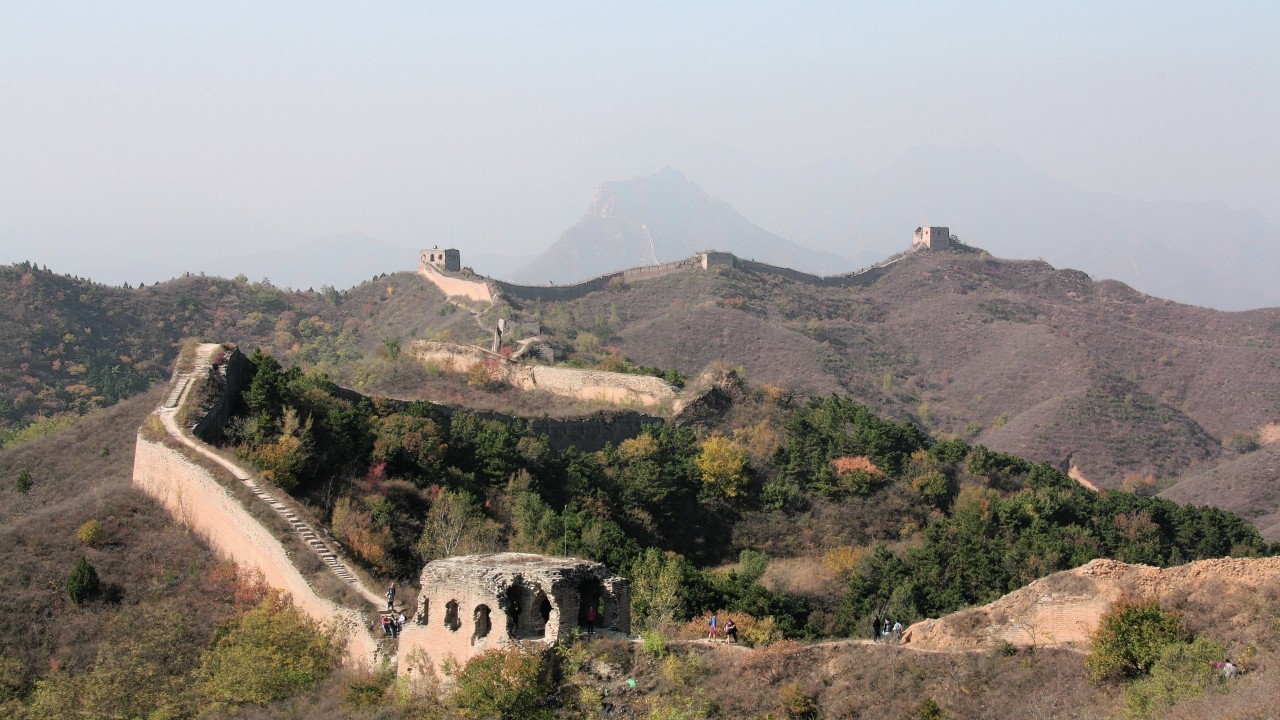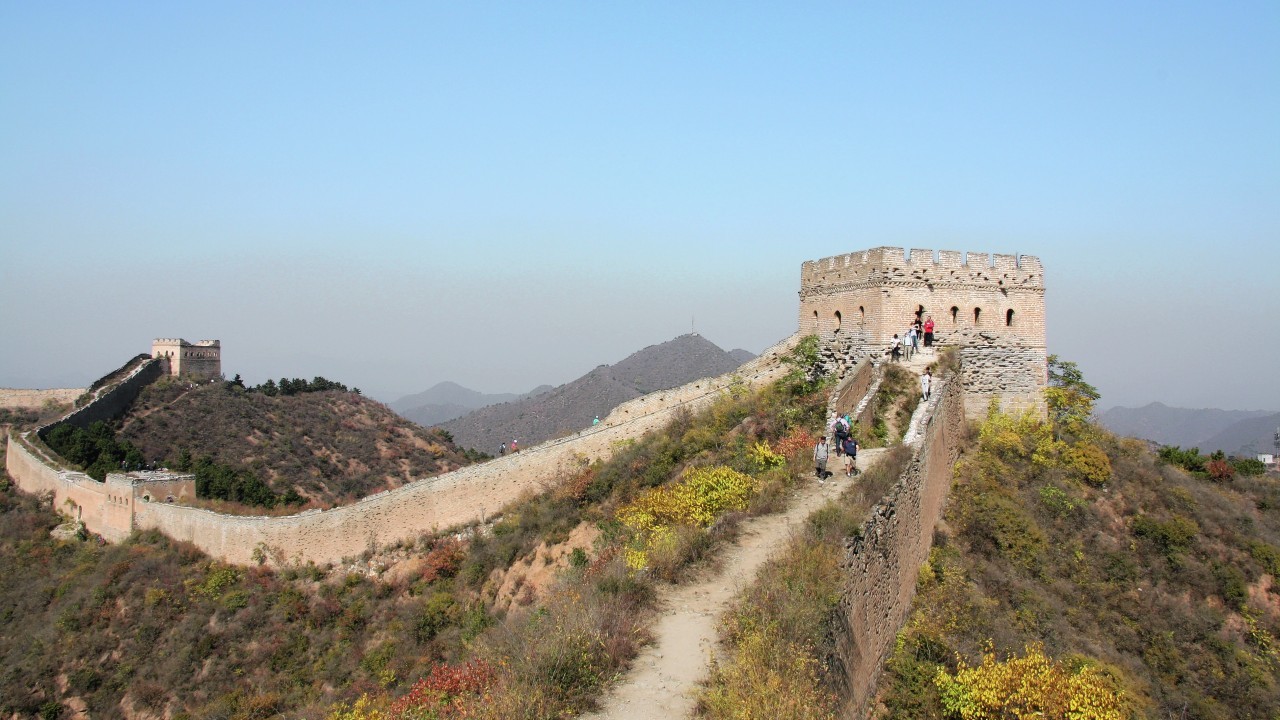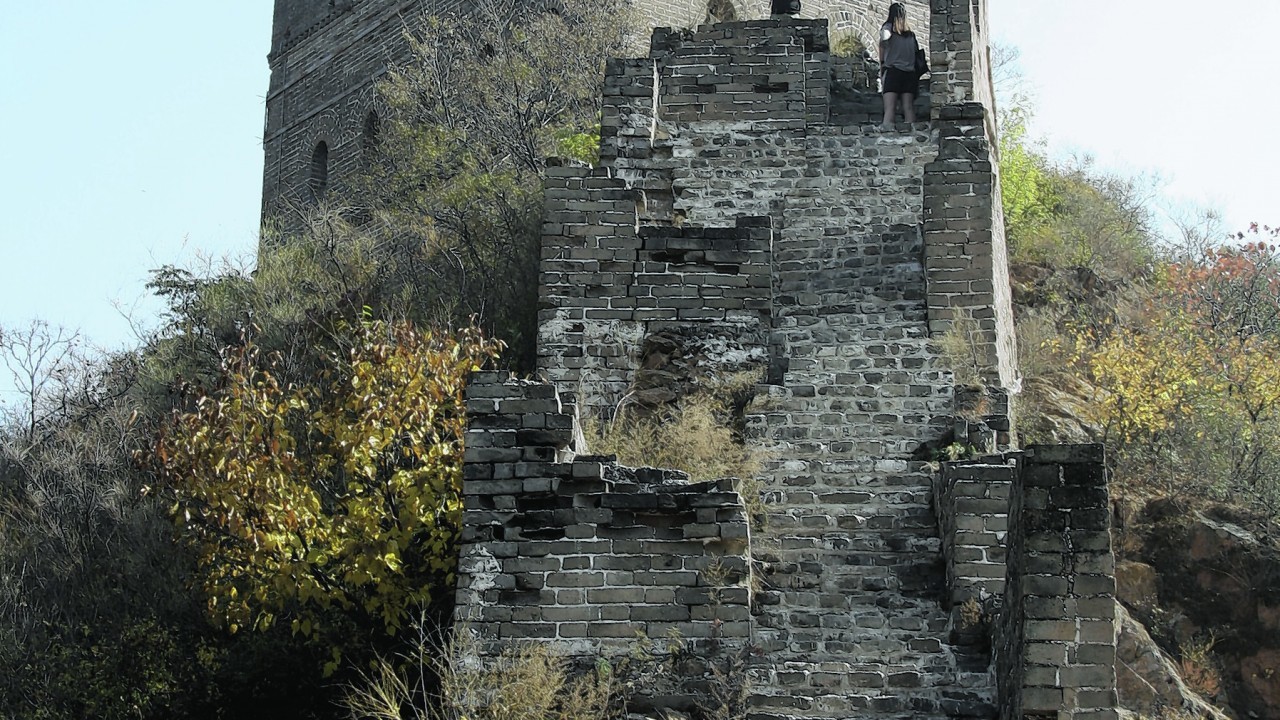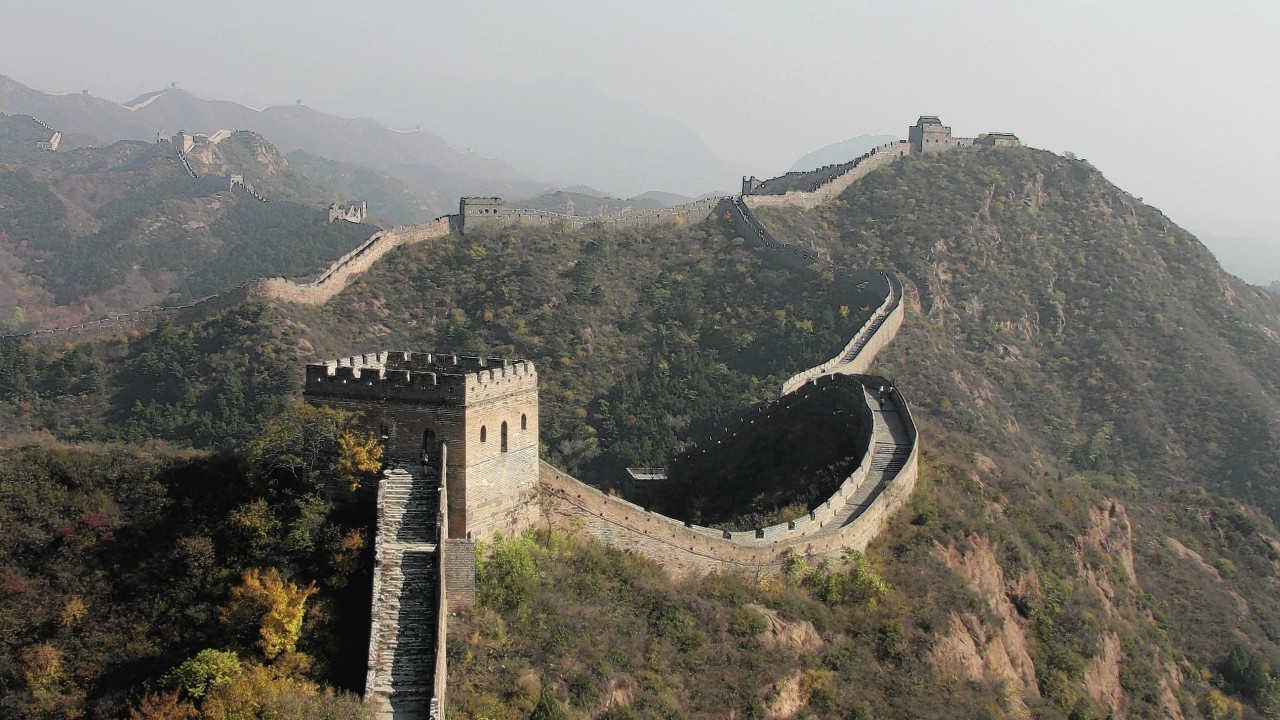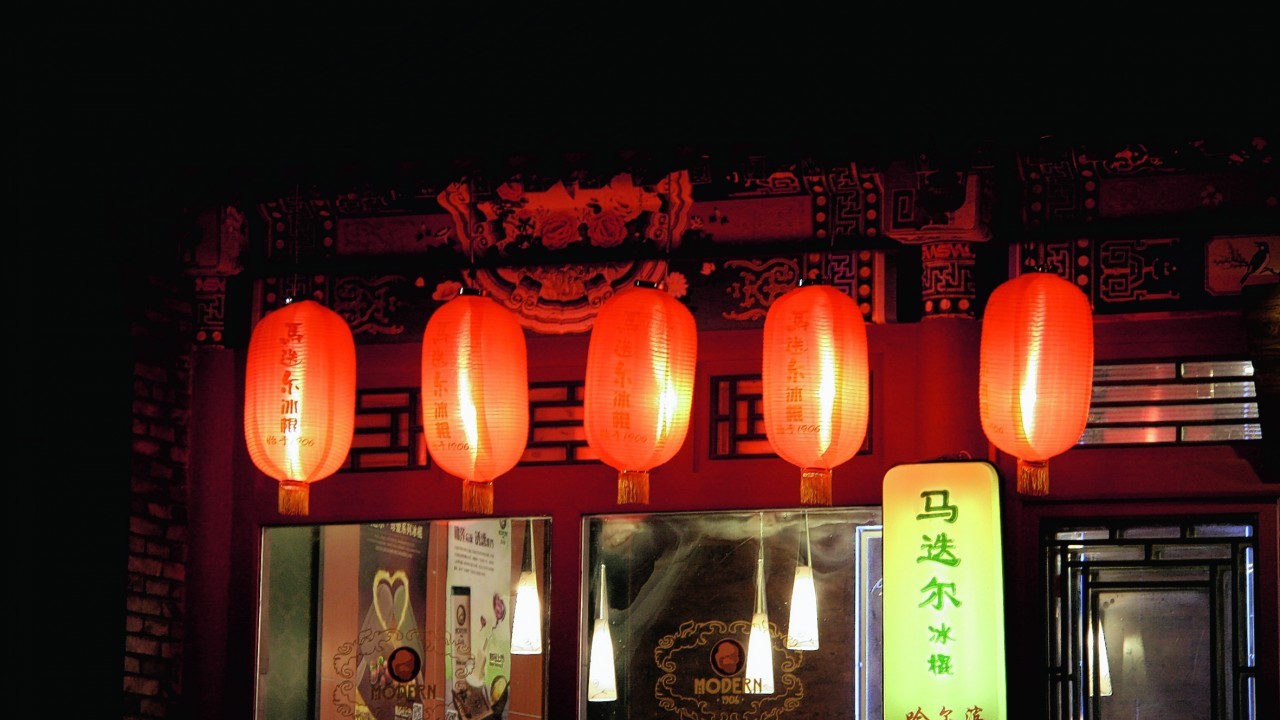The sun was smothered behind a shimmering curtain of haze. It was the same viscous, sticky-looking air that hung in Beijing.
Here on the Great Wall though, it seemed only to add to the mystique of one of the world’s greatest landmarks as the remnants of the once formidable battlements snaked up and down the mountain ridges and into the ether beyond.
It was one of those clichéd, pinch-yourself moments. I’d seen pictures of it countless of times in books and magazines, but the scale and spectacle of it decked out in autumnal reds and golds knocked the wind out of my sails. All in all, it stretches 9,000km across much of northern China. No mean feat.
Trouping along its crumbling ruins, the 10km hike was the culmination of my challenge to explore Beijing. As with any challenge, there was a catch – time was limited. Bewilderment seemed to be the most common expression when I answered questions about my upcoming long weekend plans.
Time is not always a luxury I can afford and the more sceptical glances I got, the more I wanted to prove that it could be done, and what’s more, be worthwhile. The only way I was ever going to know for sure was to get on a plane.
After an easy transfer between gates at Schiphol, I was soon boarding my second flight for the longer leg of my journey to Beijing. At eight hours’ flying time from Amsterdam, it really wasn’t much further than flying to New York and people travel there all the time for a mini-break. Or so I reasoned with myself as I buckled in.
I awoke on Friday morning on our descent into Beijing Capital airport with the early sunlight glowing luminously. A fellow passenger instructed me that it was the city’s infamous smog; today seemed to be one of the better days. I had heard about Beijing’s air pollution. Although it’s been reduced in recent years, it can still be all-consuming depending on the weather and season. Unperturbed, I set off exploring the gargantuan metropolis.
Cutting a fine balance between the ancient and the ultramodern, Beijing at first sight is a historical patchwork. Structures like the Bird’s Nest stadium or the ‘Giant Egg’ – Beijing’s new Opera House – have come to symbolise a nation jammed in top gear. Up until the end of the twentieth century, it had only been Chairman Mao’s brutalist concrete that had muscled its way in among Beijing’s historic treasures – or simply replaced them.
Mercifully, the Forbidden City survived demolition. The palace, a series of halls built in the centre of immense courtyards like Russian dolls, was once the seat of the ruling Ming Dynasty. The yellow-tiled pagoda roofs still sport ornate dragon statuettes, a lingering symbol of imperial power.
After an afternoon spent enthralled in the sprawling complex, jetlag began to creep up on me. My sluggishness admittedly only lasted until I arrived at Bike Beijing (bikebeijing.com) where I collected my wheels for a night-time tour of Beijing’s hutongs. Beijing comes into its own in the dark. Most of the estimated 21million Beijingers now live in vast suburban tower block developments that disappear into the smog. Those that still live in the centre, live in small abodes in networks of these narrow lanes and alleyways.
Navigating the hutongs was daunting enough in the day but at night time, it felt impossible. Thankfully, our guide Sandy was on hand to pilot us through the throngs of revellers in the dimly-lit alleys; past groups of men gathered around mahjong tables and across the multitude of traffic lanes in Tiananmen Square amid the blare of horns and frenetic bicycle bells.
This was the real Beijing and it was exhilarating. The smells of food wafting from every quarter became so frequent with each turn of the spokes that we made a pit stop at the Dong Hua Men Night Market.
It was the first food market that admittedly didn’t make me feel hungry at all. Lantern-adorned vendors in a long row were making a roaring trade from their wares. All manner of skewered insects and animals, from tarantulas and silk worms to seahorses and scorpions. Coiled snakes. Lizards. “People in Beijing eat anything that moves.” It was hard to disagree with Sandy.
Returning to my hotel for the night, the Opposite House was a welcome respite from the feverish pulse of the city. With shimmering green glass exteriors, the sumptuous contemporary hotel opened a week before the 2008 Beijing Olympic Games, and has helped play a part in Beijing’s new era of modernity. While the hotel’s four bars and restaurants and open plan public areas are bold and unconstrained, the rooms themselves are sleek, uncluttered and airy with traditional Chinese touches. I wisely climbed straight into the deep soaking oak bath to ease my limbs before Saturday’s exertions.
There are numerous accessible sections of the Great Wall. The closest is Badaling, which would be the sane choice for such a short trip but it is commercial and the most visited by tourists.
I opted instead for a day-trip to the Jinshanling section the next day, one of the furthest from the capital. The two-hour drive away was worth it alone for the absence of anybody but us and two mountain children playing on the Wall.
Starting in the village of Gubeikou, our small band set out with guides Tina and Michael from Beijing Hikers (beijinghikers.com). The benefits of their route became clear by the time we had eventually reached Jinshanling four hours later. The later sections of the route were restored, we were first walking and scaling parts that hadn’t been touched since their construction five centuries ago and had been left to the mercy of the elements. It was almost too painful to even contemplate that my tired feet would be back striding along grey Scottish pavements by the next evening. They would be very content feet though.
The Holiday
- KLM Royal Dutch Airlines (klm.com) flies from Aberdeen to Beijing via their Amsterdam hub with return fights starting from £417. The Opposite House (theoppositehouse.com) is a 5-star hotel located in Beijing’s Chaoyang district. David stayed as a guest in a Studio 45 room with prices starting at £152.86 per night.
